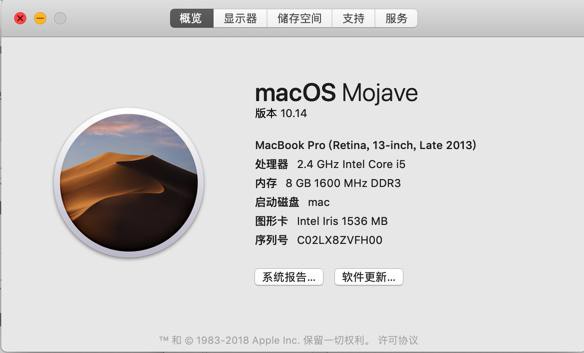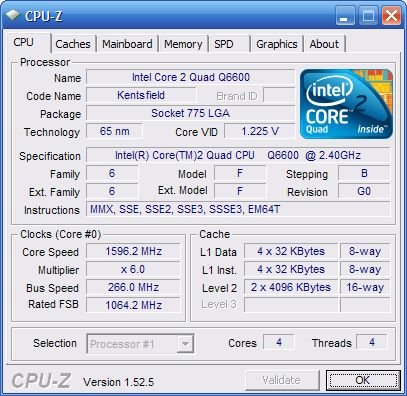

What happens if your MacBook requires DDR3 1600 CL = 7 and you use DDR3 1066 CL=11?ĭDR3 1066 CL=7 and DDR3 1600 CL = 11 have a very similar actual absolute latency, 13.13 vs 13.75 nS respectively (see CAS Latency – Memory timing examples).īecause modern DRAM modules’ CAS latencies are specified in clock ticks instead of time, when comparing latencies at different clock speeds, latencies must be translated into absolute times to make a fair comparison a higher numerical CAS latency may still be a shorter absolute-time latency if the clock is faster.What happens if your MacBook requires DDR3 1600 CL = 11 and you use DDR3 1066 CL=7?.Slower CL : What happens if your MacBook requires DDR3 1066 CL=11 and you use DDR3 1600 CL = 7?.What happens if your MacBook requires DDR3 1066 CL=7 and you use DDR3 1600 CL = 11? or even DDR-1333 CL=9? This comment, to the question MacBookPro RAM: CL7 or CL9, implies crashes occur, although this comment (even though it deals more with mis-matched pairing) says otherwise.


If you have over spec’d RAM for your motherboard, then the RAM just operates slower than its rated value, i.e.The RAM speed difference, on its own, is pretty straight forward: Which got me wondering, how do the mismatched values affect performance.? The photo (of the eBay item, Samsung 8GB 2x 4GB 2RX8 DDR3 1066MHz PC3-8500S 204PIN SO-DIMM Memory for MAC) showed CL=7 (The first figure after the PC3-8500): I ordered some RAM from China, on eBay, from servefrist_0716, and didn’t pay enough attention to the item description (going by the photo alone) and ended up getting RAM with the incorrect CL value…


 0 kommentar(er)
0 kommentar(er)
